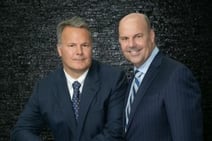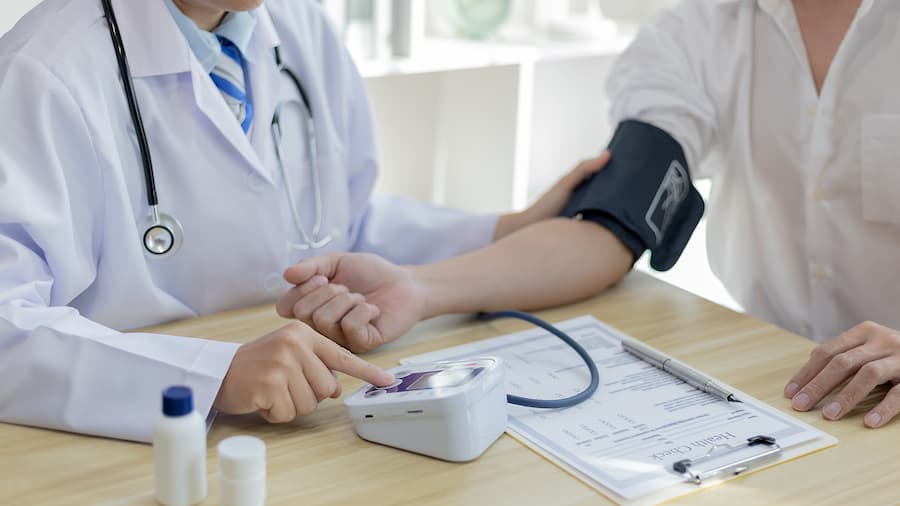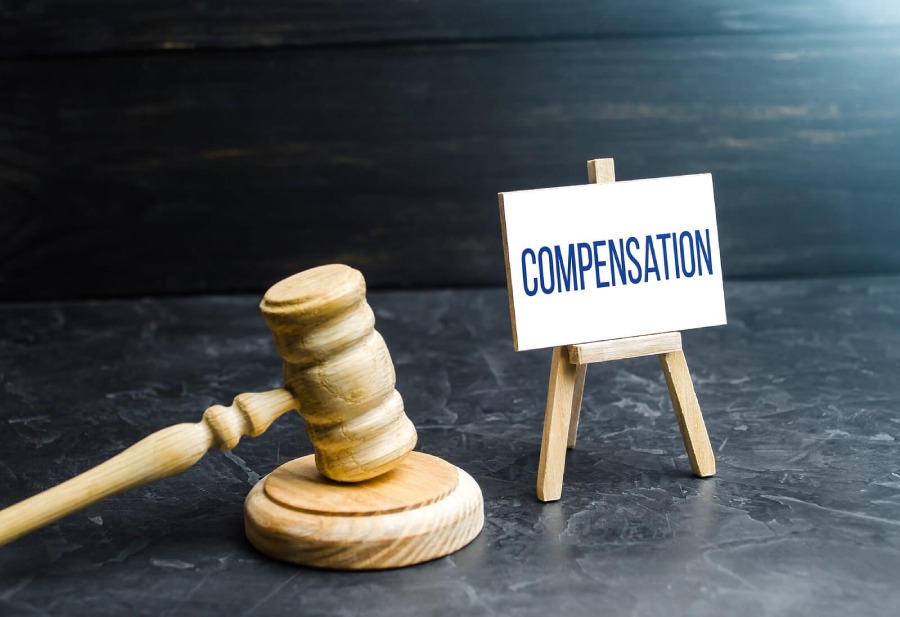How Much Money Is In the VCF?

Around 400,000 people worked, lived, and went to school in downtown NYC when the twin towers collapsed. in 2001. Recent data confirms that only about 8% (32,000) of these workers, residents, and students who were exposed to the 9/11 toxic fallout have benefitted from the twin 9/11 health and compensation programs. This leaves 368,000 downtown workers, residents and students who are likely eligible for lifetime 9/11 healthcare and tax-free compensation who likely do not know that they qualify.
As more people learn about their ability to apply for compensation, many wonder: How much money is in the VCF?
Is there enough money to cover all claims made by the ultimate filing deadline of October 1, 2090?
Yes.
The VCF has enough money to compensate all currently pending and future claims thanks to the funding mechanism that was included in The Never Forget the Heroes: James Zadroga, Ray Pfeifer, and Luis Alvarez Permanent Authorization of the September 11th Victim Compensation Fund. Most importantly, awards paid to downtown workers, residents, students and others does NOT reduce payments to first responders. For more information, please reach out to our 9/11 VCF lawyers.
The Amount of Funding Provided with the Original VCF
Congress established the original VCF in September 2001 to compensate terror attack victims and to protect companies like airline companies, airframe manufacturers, the Port Authority of New York and New Jersey, and the World Trade Center from lawsuits by victims. The fund served as an alternative to litigation; those wishing to obtain compensation through the program waived their right to file a legal claim.
Through the original VCF, 5,560 victims received $7.049 billion by December 2003. In 2003, the initial fund closed.
The Zadroga Act Reopened the VCF for More Claims
While the original fund that provided compensation for physical injuries incurred on 9/11 closed, the needs of 9/11 victims continued to grow. First, the respiratory illnesses resulting from breathing in the toxins that enveloped Ground Zero in a thick dust cloud appeared. Later, cancerous conditions began to emerge. It became apparent that the community would need federal assistance for a long time.
In 2011, President Barack Obama signed the James Zadroga 9/11 Health and Compensation Act into law. James Zadroga, a New York Police officer, passed away in 2006 due to a medical condition linked to 9/11. This legislation recreated the VCF to assist more people suffering from 9/11-related illnesses and created the World Trade Center Health Program (WTCHP). This health program provides life-saving treatment and monitoring of 9/11-related medical conditions.
Although the VCF and WTCHP are separate, the Zadroga Act provided a mechanism where both programs could share information they received about claimants. The VCF relies on the WTCHP’s certification process to determine if a cancer or other condition is 9/11-related and, as a result, is initially eligible to file a VCF claim for compensation. In December 2015, Congress extended the fund for another seventy-five years, to the year 2090.
In early 2019, the VCF Special Master ran out of funds to cover all pending and future claims. The VCF placed stricter caps on individual claims to allow funding for as many claimants as possible, with all pending claims receiving a 50 percent cut and new claims receiving a 75 percent cut. At the time, only $2.375 billion remained to cover more than 21,000 claims for compensation.
Later that summer, President Donald Trump signed The Never Forget the Heroes: James Zadroga, Ray Pfeifer, and Luis Alvarez Permanent Authorization of the September 11th Victim’s Compensation Fund. This new law permanently authorized the VCF, providing funding for the costs of compensating the claims of the 9/11 responders and survivors through October 1st, 2090.
As of the 2022 Annual Report filing, the fund had provided over $9.3 billion for 9/11 responders, survivors (the downtown workers, residents, students, and others), and family members of those who died due to 9/11-related medical conditions.
How Claims are Handled as a Result of the Never Forget the Heroes Act
As a result of the permanent authorization of the VCF, individuals diagnosed with a 9/11-related medical condition no longer run the risk of the fund expiring before they have had a chance to file a claim.
Anyone who files a claim must register with the program before their registration deadline.
Registration deadlines are different for every claimant but are generally two years from the date of the certification of a 9/11-related medical condition for personal injury claimants and within two years of the date of death or the date when doctors determined that the claimant died from a 9/11-related condition. If the claimant or deceased is not or was never in the WTC Health Program (or no conditions were certified as 9.11-related), then the registration and filing deadline is extended to the year 2090.
The registration deadline merely reserves the claimant’s right to file a claim before the filing deadline of October 1, 2090. To obtain compensation, the registrant must still file a claim and include extensive documentation to prove presence at a 9/11 terror attack site. VCF claimants can seek compensation for wage loss and pain and suffering due to a 9/11-related condition. Despite improved funding for the program, claimants are still subject to caps on the amount of pain and suffering compensation they are eligible to receive.
These caps include:
- A maximum of $90,000 in pain and suffering for claimants with one non-cancerous condition
- A maximum of $250,000 in pain and suffering for claimants with one cancer condition
Many claimants suffer from two or more conditions. The number of registrations with the VCF more than doubled in recent years, indicating that many individuals are just now being diagnosed with a 9/11-related illness more than twenty years after the attacks.
The Amount of Funding Available for Future Claimants
The VCF permanent reauthorization appropriates “such sums as may be necessary,” beginning with the fiscal year 2019 and continuing through the fiscal year 2092, to ensure that funds are available to compensate claims. Therefore, individuals who become ill from a newly diagnosed 9/11-related illness between now and 2090 have the same access to compensation for wage loss and pain and suffering as those who filed their claim in the past year. This gives security to people who were exposed to the 9/11 dust but have not yet been diagnosed with a 9/11-related condition.
About Registering With the VCF and Filing a Claim

If you were present at one of the terror attack sites, within the New York City exposure zone (all of lower Manhattan south of Canal Street), or along the pathway where the Ground Zero debris was taken during disposal at some point during the period beginning on September 11th, 2001, through May 30th, 2002, you are eligible to register with the VCF. You can register even if you are not ill or have not been diagnosed with a related medical condition.
If you already received a certification of a 9/11-related covered medical condition from the WTCHP, you must register within two years of the last date listed on your certificate to qualify to file a claim.
Gathering the documentation required for a VCF claim can be daunting for many people. An experienced 9/11 benefits lawyer can help you with your claim and explore other programs that might benefit you, like Social Security Disability (SSD).
Once submitted, VCF claims go through:
- Preliminary review: The VCF performs an initial evaluation to ensure that the claim contains the minimally required documents. If the claim is missing information, they will notify you, and the claim will be marked inactive until they receive it. They can deny the claim if they do not receive the information within 60 days.
- Eligibility review: The VCF reviews the claim to ensure the claimant registered by the registration deadline, has a 9/11-related medical condition, and was present at the site. After the review, the VCF issues an eligibility decision to the claimant, explaining the outcome. If the VCF denies the claim, they provide appeal rights.
- Compensation review: If the VCF accepts the claimant’s eligibility, the claim then undergoes a compensation review to identify the type of loss claimed and collateral assets. Collateral assets are benefits from other programs that decrease the compensation you can receive from the VCF.
- Award decision and payment processing: The claimant receives an award decision after the compensation review. There is a 30-day appeal period. If the claimant does not appeal, they will receive a payment within 20 days.
With money secured in the VCF to assist claimants for decades to come, it is wise to register with the VCF, even if you have not yet become ill with a 9/11-related medical condition. You do not have to be sick at this time.
Do you need more information about the VCF or assistance filing a claim? Contact an experienced VCF lawyer near you for a free case evaluation.



